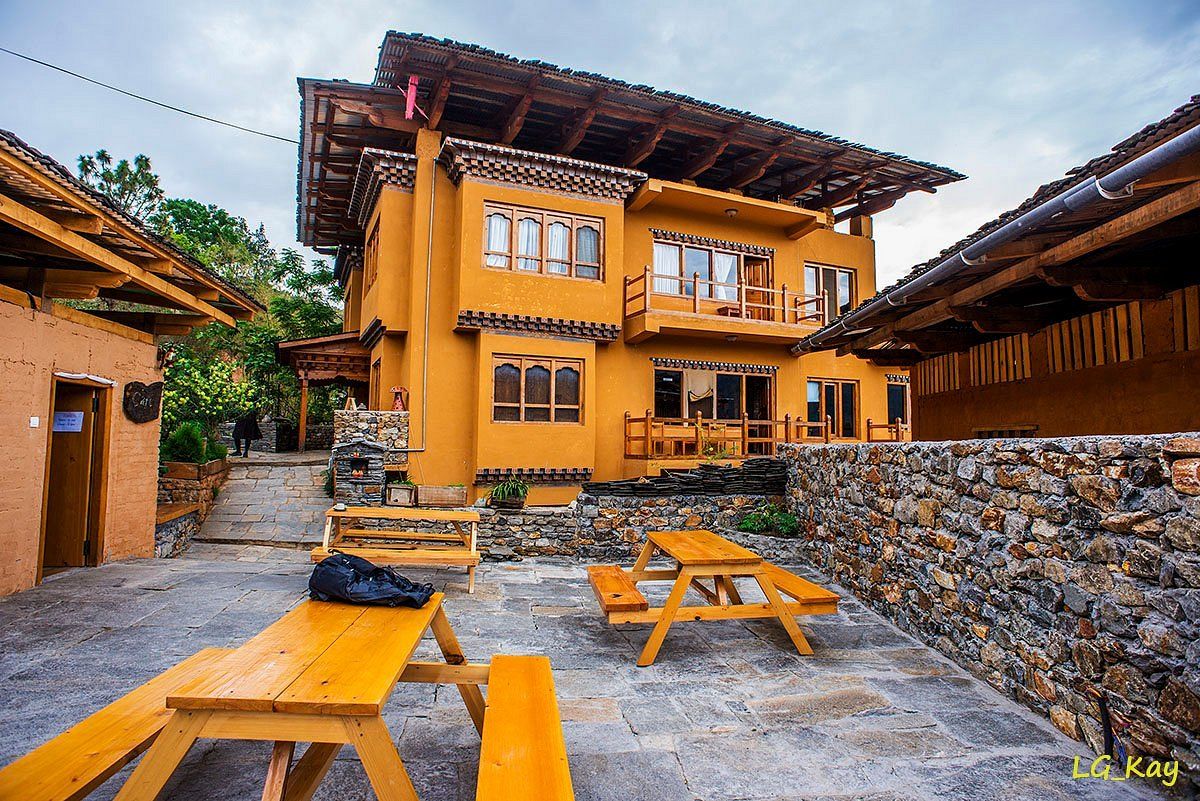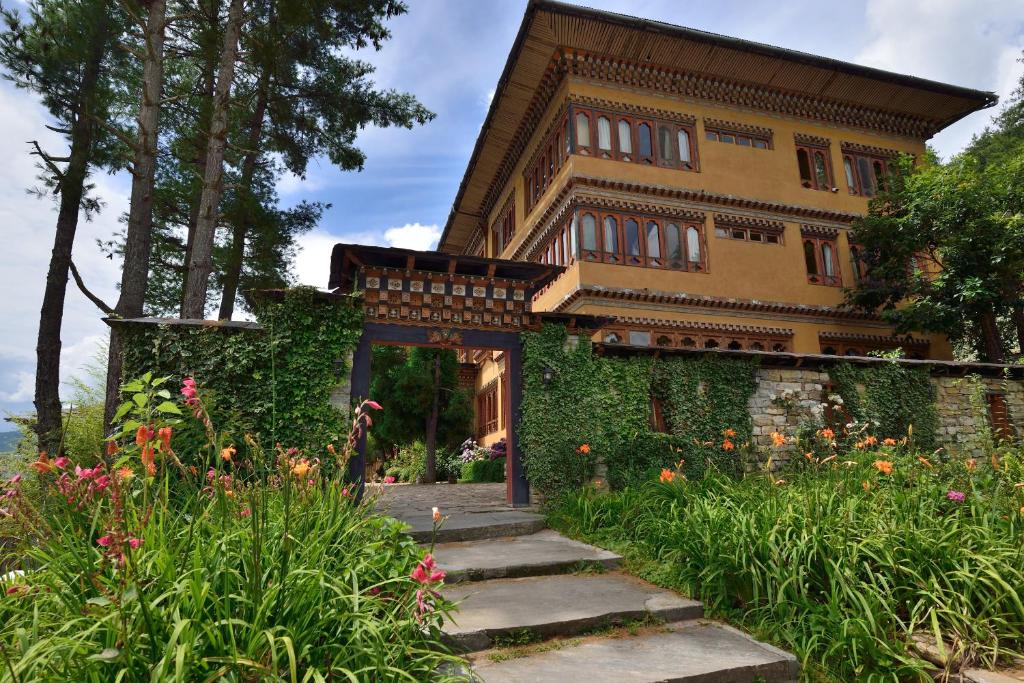Are you visiting Bhutan and are curious to learn about its diverse cultures and enjoy the scenery that will leave you with unforgettable memories and feeling like a local, whether you go alone or with friends? Or with your family, you will enjoy very exciting and pleasant scenes in your trip. The people accompanying you will feel happy in which we will help you completely and it will be our responsibility to make this journey pleasant and comfortable.
1. Water Dragon Gallery:
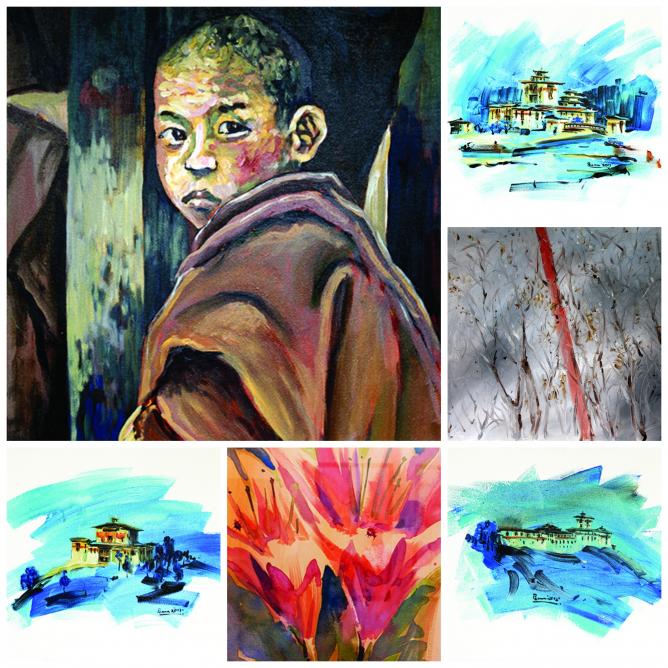
Nestled above Karma’s Coffee in Thimpu’s bustling Hong Kong Market, the Water Dragon Gallery offers a contemporary space for artistic expression. Founded by Bhutanese artist Pema Tshering, the gallery showcases a diverse range of artwork reflecting Bhutanese life and culture. Visitors can also explore locally produced documentaries and books, including illustrated children’s books like “Membar Tsho: The Flaming Lake.” Additionally, the gallery hosts free tarot readings, adding a spiritual dimension to the cultural experience.
2. Terton Gallery:
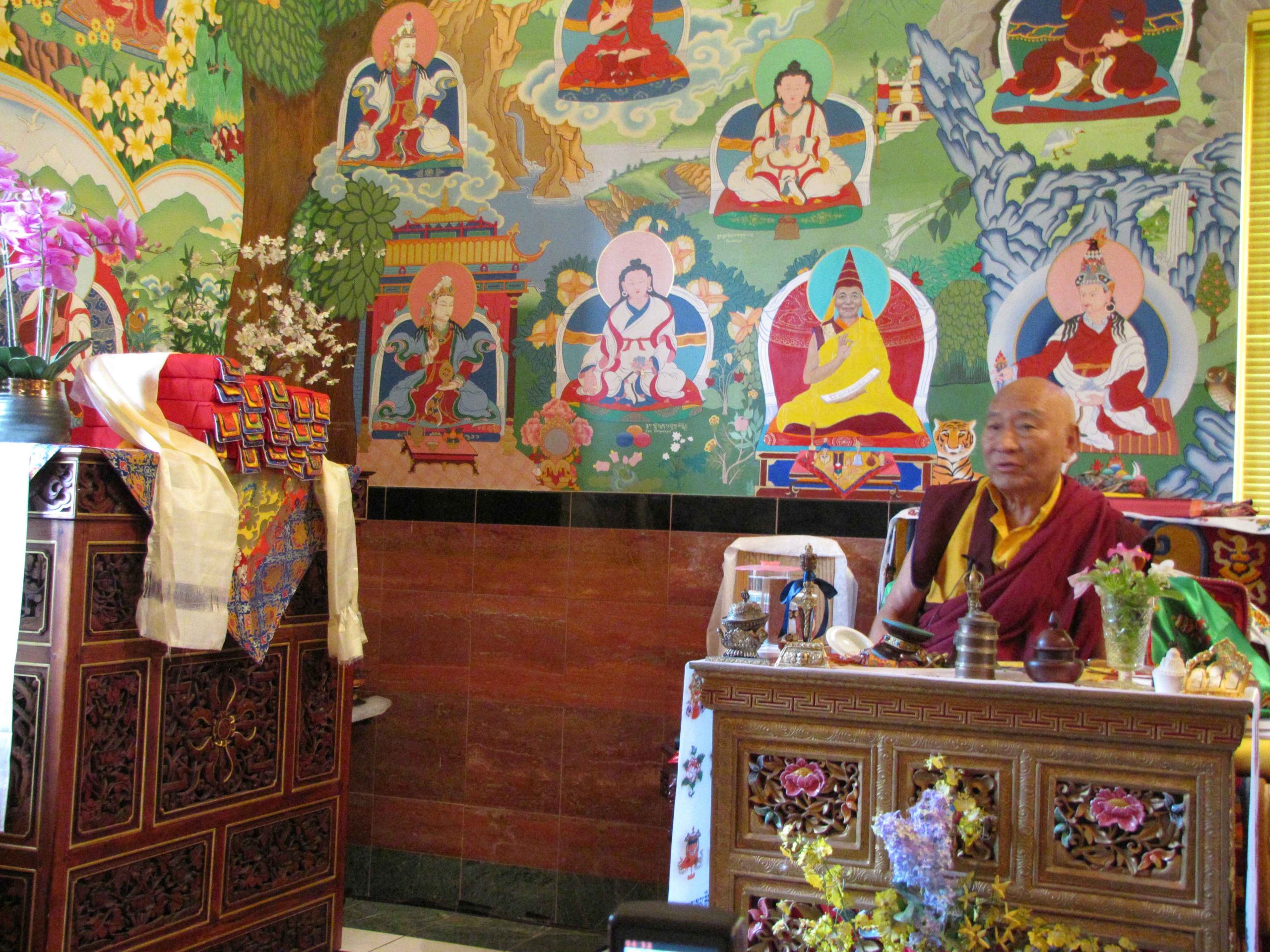
Conceived by Bhutanese actor Kelly Dorji, the Terton Gallery is a hub for contemporary Bhutanese art and photography. Situated in the heart of Thimpu, this 1,000 square foot gallery space showcases the work of both local and international artists. From up-and-coming talents like Kama Wangdi to acclaimed photojournalists like Azha Kezha, the gallery provides a platform for diverse artistic voices. Through exhibitions and events, the Terton Gallery contributes to the vibrant cultural landscape of Bhutan’s capital.
3. Vajrayana Art Gallery:
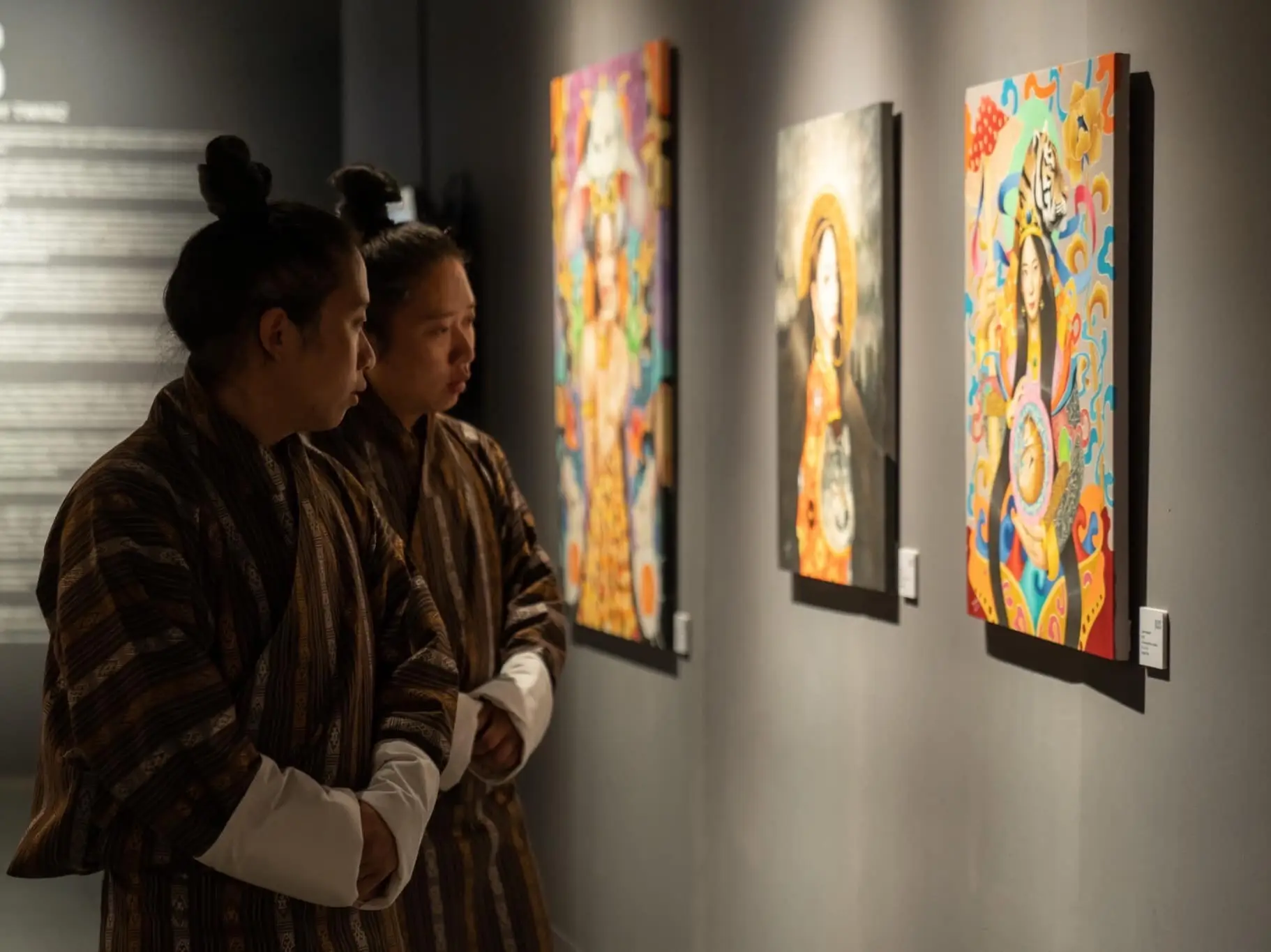
Located in the picturesque town of Paro, the Vajrayana Art Gallery offers seasonal exhibitions that coincide with Bhutanese religious festivals. Owned and curated by local artist Chhime Dori, the gallery specializes in abstract paintings inspired by Buddhist iconography. Chhime’s work explores themes of spirituality and reverence for the natural world, inviting visitors to contemplate the deeper dimensions of existence. Through art, the Vajrayana Art Gallery fosters a deeper connection to Bhutan’s cultural heritage.
4. Alaya Gallery:

Run by the Voluntary Artists Studio Thimpu (VAST), the Alaya Gallery serves as a platform for social awareness and cultural expression. Located in Thimpu’s Chubachu neighborhood, the gallery showcases a diverse range of exhibitions, from solo shows by local artists to international photography exhibitions. Through its dynamic programming, the Alaya Gallery engages audiences in critical dialogues about art, society, and identity, fostering a deeper understanding of Bhutanese culture.
5. National Folk Heritage Museum:
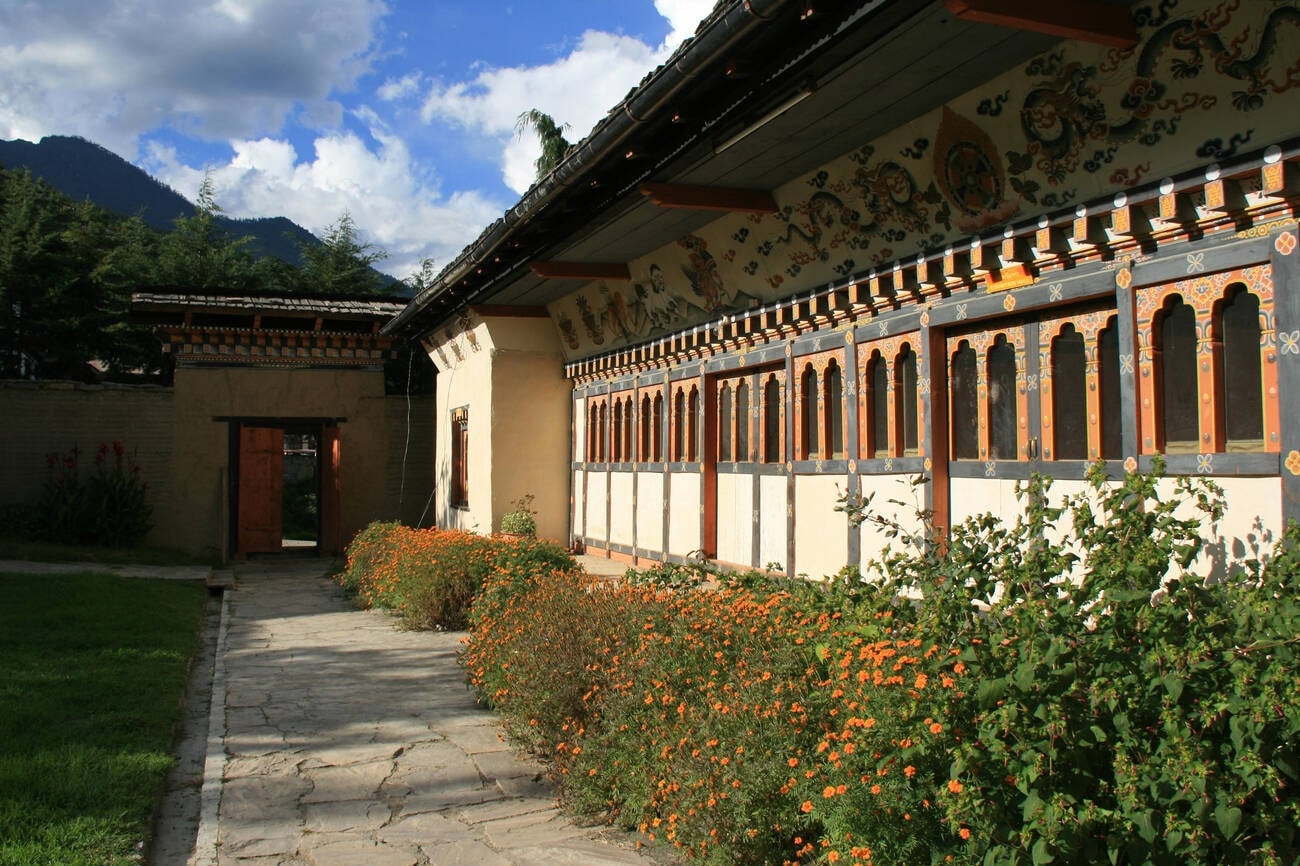
Housed in a historic 19th-century farmhouse, the National Folk Heritage Museum offers an immersive journey into traditional Bhutanese life. Visitors can explore artifacts, tools, and demonstrations of historic household activities, providing insights into rural Bhutanese customs. From traditional hot stone baths to rice pounding rituals, the museum offers a glimpse into the daily rhythms of Bhutanese village life. Additionally, visitors can enjoy an open-air buffet featuring local dishes, enhancing the cultural experience.
6. The Textile Museum:
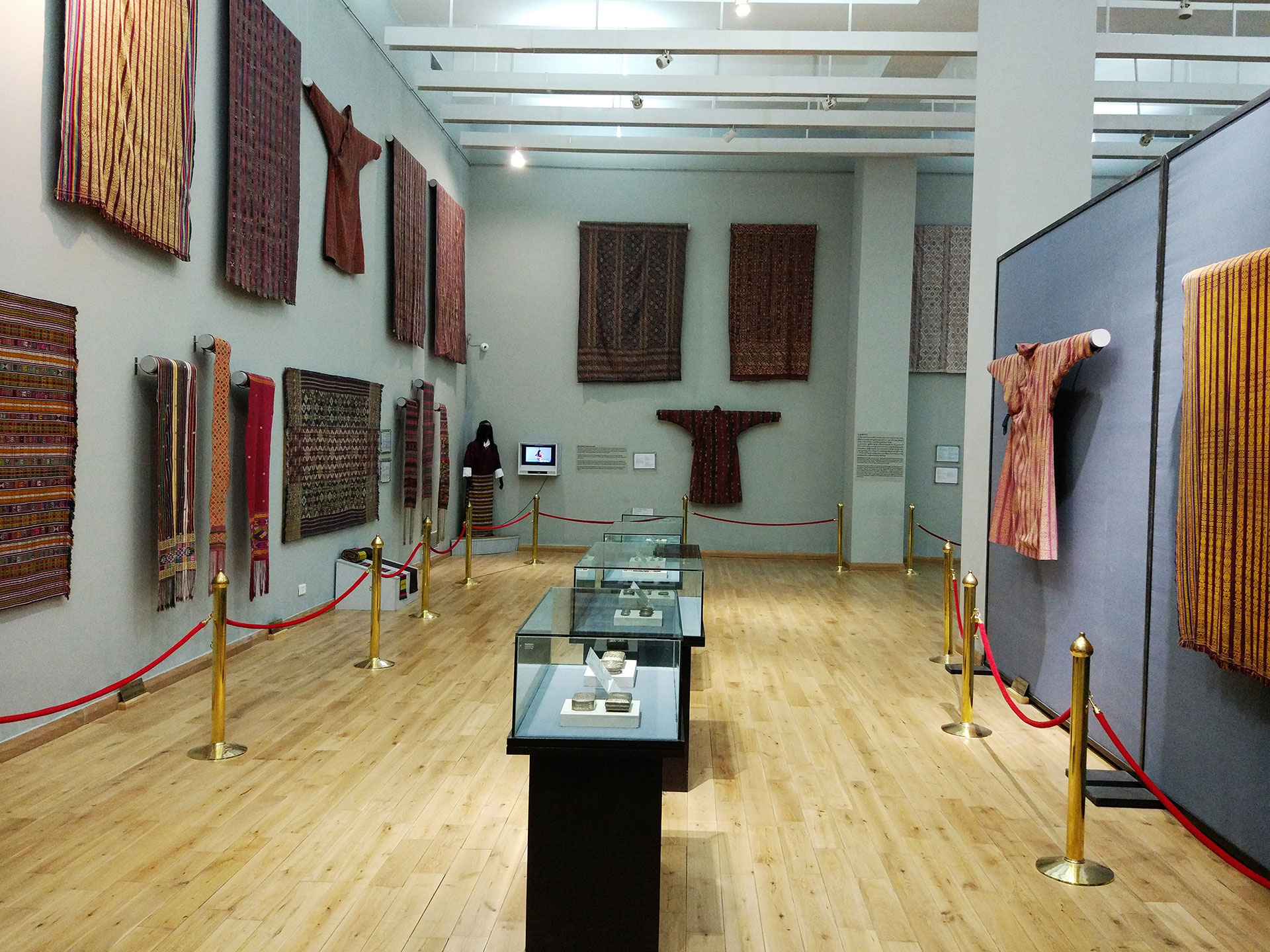
As a repository of Bhutan’s weaving heritage, the Textile Museum offers a comprehensive overview of the country’s textile traditions. Located at the Royal Textile Academy, the museum features exhibits showcasing traditional weaving techniques and garments worn by Bhutanese royals. From intricately woven textiles to ceremonial attire, the collection spans centuries of Bhutanese craftsmanship. Through its exhibits, the Textile Museum celebrates the enduring legacy of Bhutan’s textile arts.
7. National Museum of Bhutan:
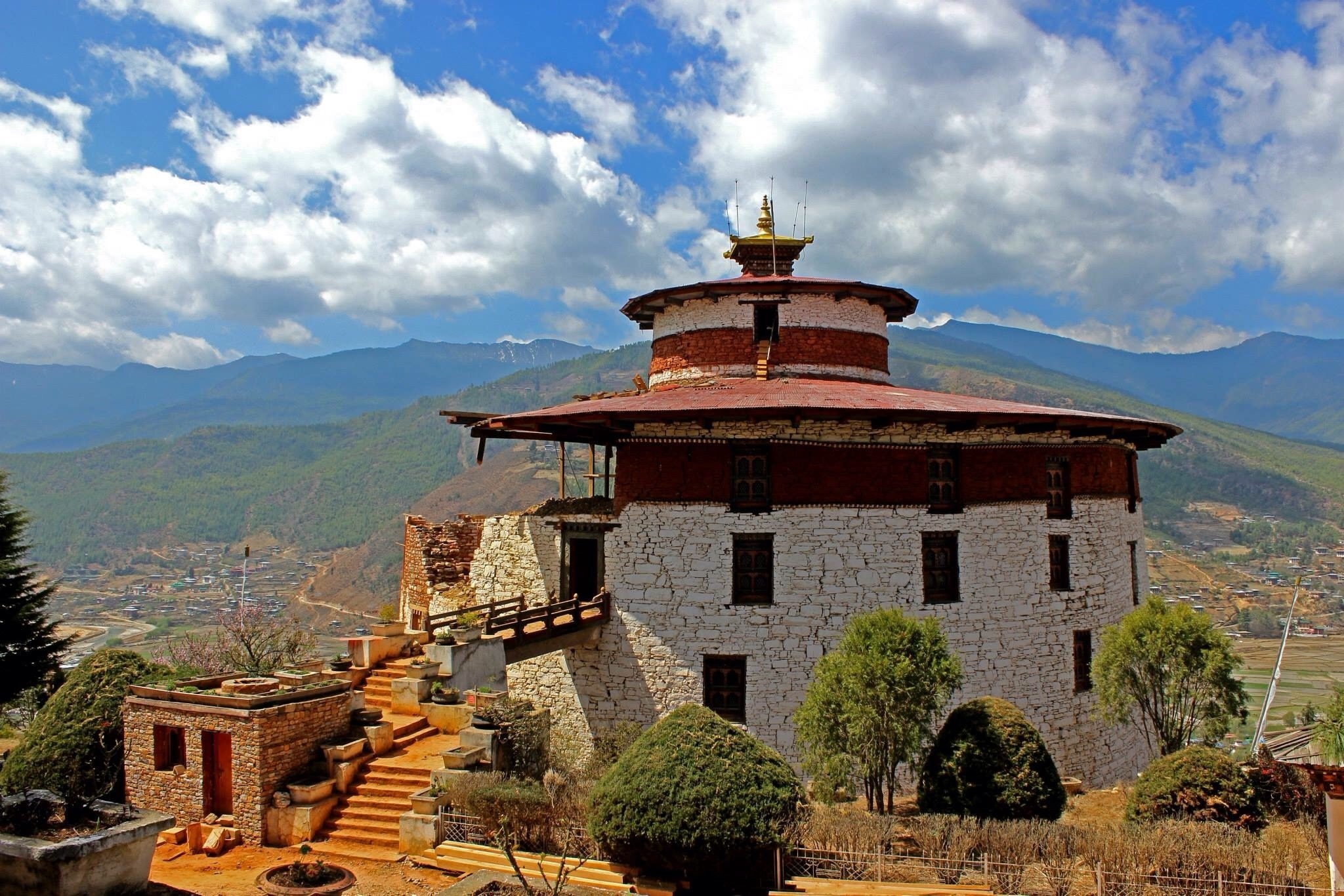
Situated within the Paro Rinpung Dzong monastery and fortress, the National Museum of Bhutan preserves and promotes the country’s cultural heritage. With artifacts dating back to 4000 BC, the museum offers a chronological journey through Bhutan’s history. From thangkas and religious objects to Bhutanese clothing and jewelry, each exhibit tells a story of Bhutan’s evolution as a Buddhist kingdom. The museum’s six-floor watchtower provides panoramic views of the surrounding landscape, adding to the immersive cultural experience.
8. National Institute for Zorig Chusum:
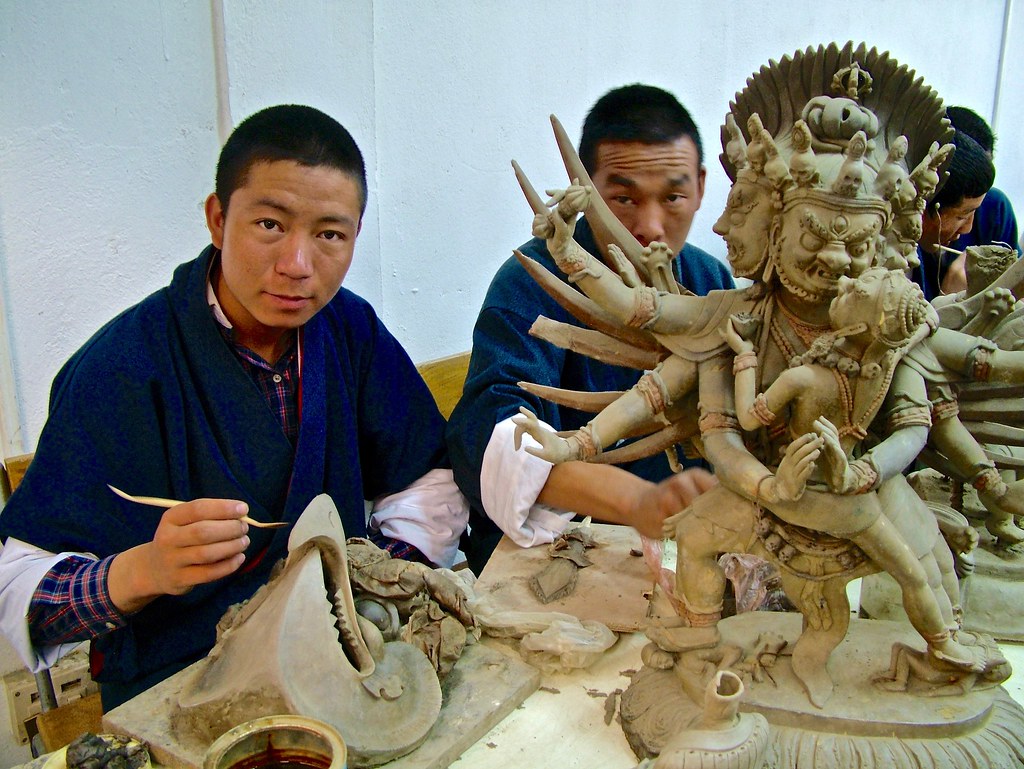
Dedicated to preserving Bhutan’s traditional arts and crafts, the National Institute for Zorig Chusum offers vocational training in thirteen traditional crafts. From wood-carving to sculpture, students learn techniques passed down through generations, ensuring the continuity of Bhutanese cultural traditions. Visitors can tour the institute’s classrooms, witnessing the skill and dedication of young artisans as they hone their craft. Through its educational programs, the institute fosters a deeper appreciation for Bhutan’s artistic heritage.
9. Simply Bhutan Museum:

Operated by the Bhutanese Youth Development Fund, the Simply Bhutan Museum is a living embodiment of Bhutanese culture. Staffed by young Bhutanese, the museum offers immersive experiences, including cultural role-playing and traditional demonstrations. Visitors can dress in native costumes, participate in traditional games, and learn about Bhutanese customs and traditions. Through its interactive approach, Simply Bhutan engages visitors in a hands-on exploration of Bhutan’s rich cultural heritage.
10. The Jungshi Paper Factory:

Located on the outskirts of Thimpu, the Jungshi Paper Factory preserves the ancient craft of deh-sho paper-making. Using bark from daphne and dhekap trees, artisans produce paper for modern applications, such as stationery and greeting cards. Visitors can observe the paper-making process and even try their hand at crafting deh-sho paper. Through its commitment to traditional craftsmanship, the Jungshi Paper Factory ensures the continuation of Bhutan’s paper-making heritage.
Each cultural venue in Bhutan offers a unique window into the country’s rich heritage, blending tradition with innovation to create vibrant expressions of Bhutanese identity. Whether exploring contemporary art galleries or immersing oneself in traditional craftsmanship, visitors to Bhutan are invited to embark on a journey of cultural discovery and appreciation.








